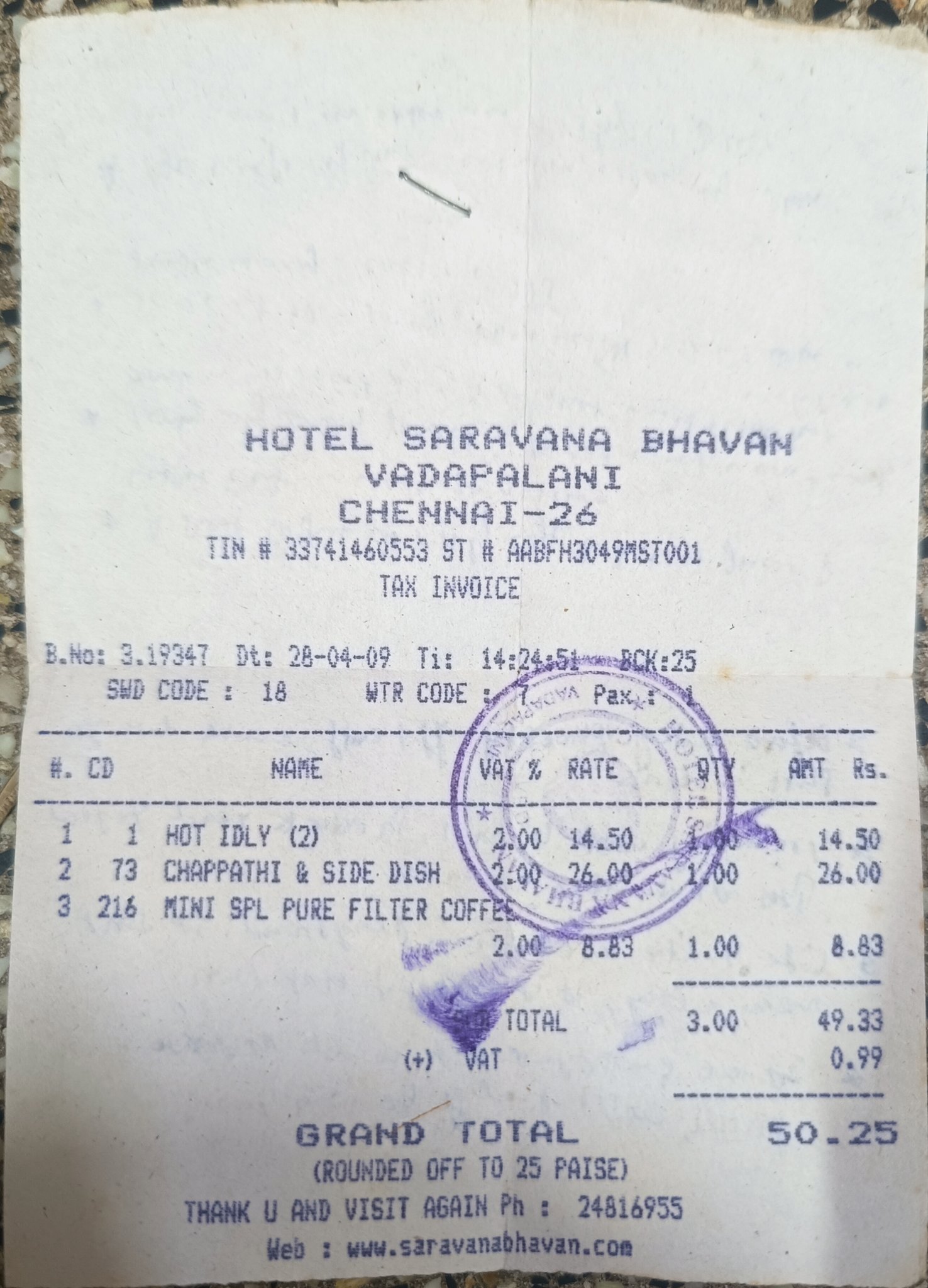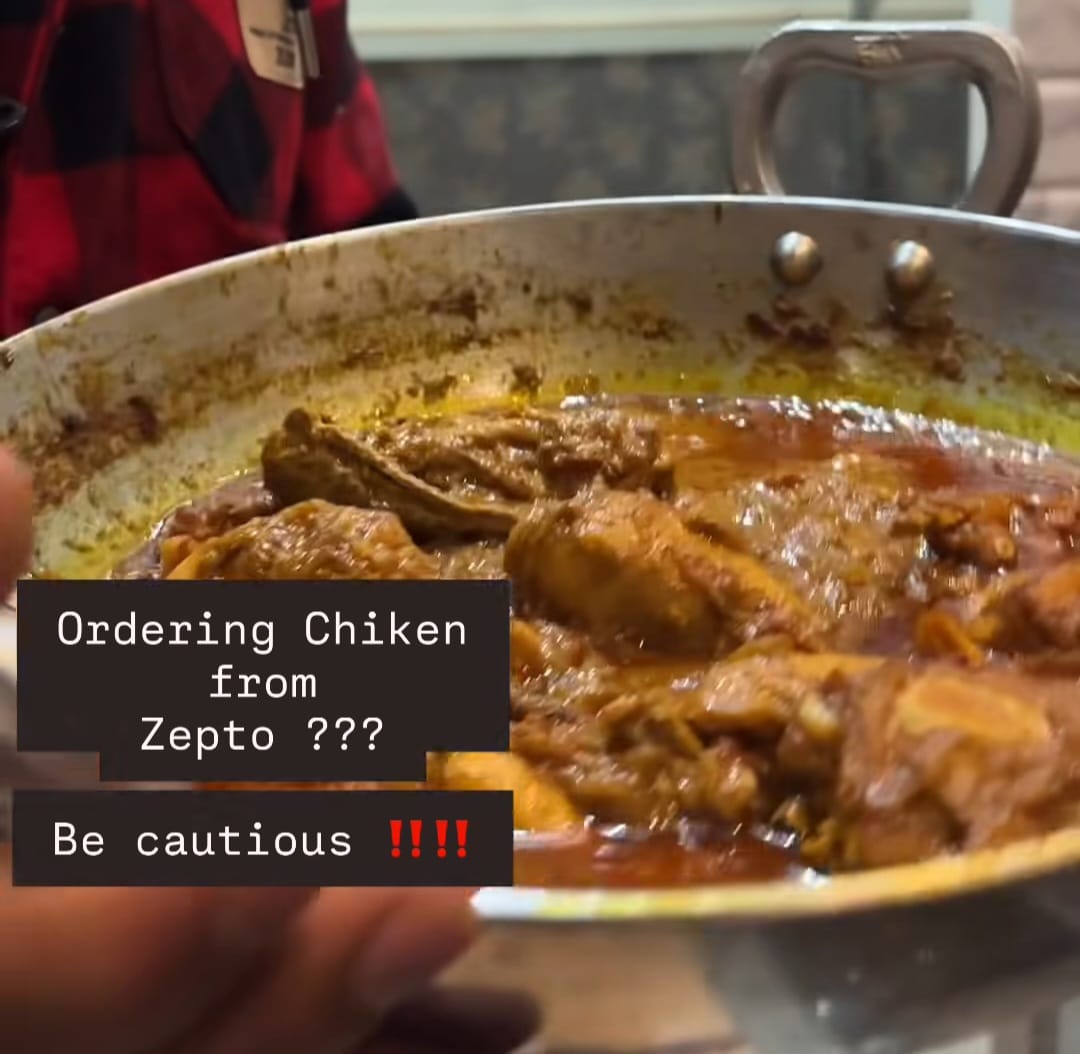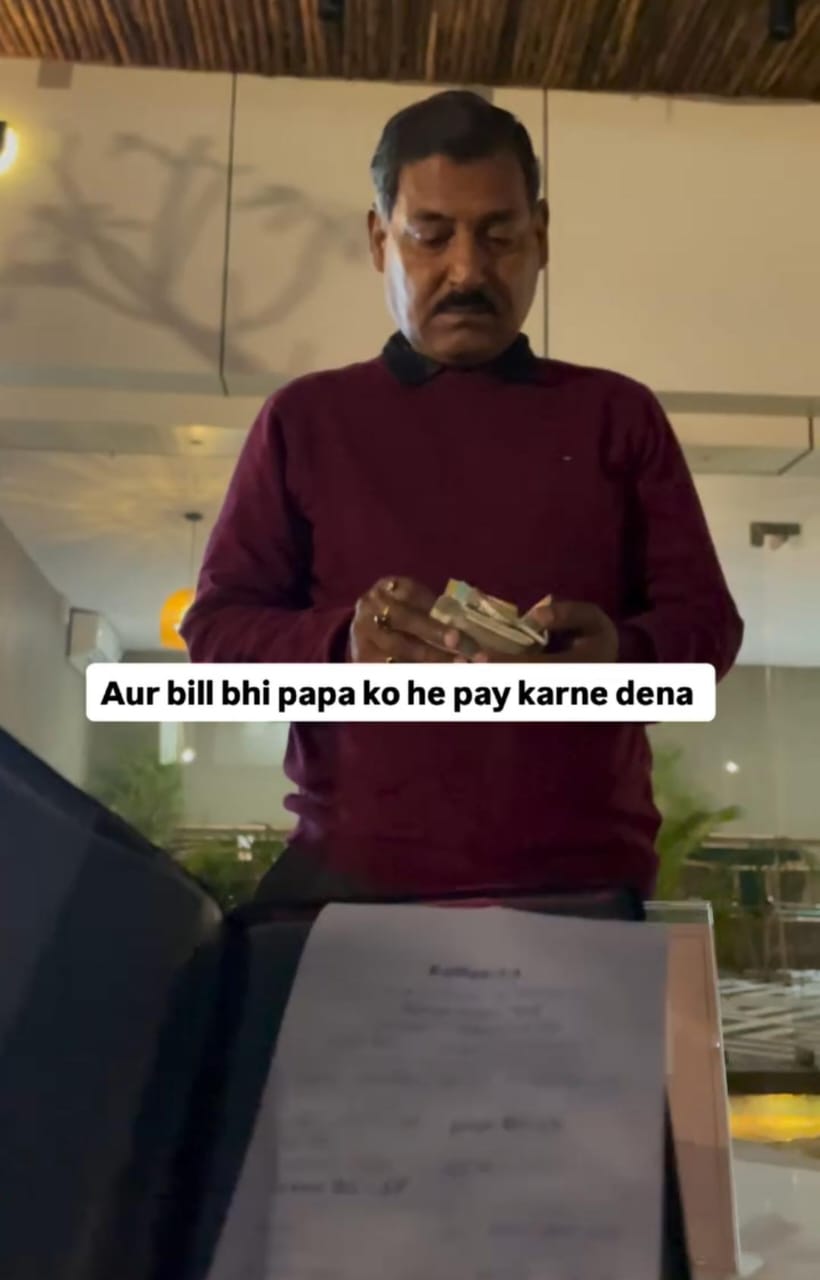For many office-goers, tea breaks mean a plate of samosa, maybe a biscuit or two, and a soft drink on a stressful day. But now, a new government push could change the way you snack at work. The Ministry of Health has urged all central government offices to put up sugar and fat boards to help people make better food choices. These boards highlight the sugar and fat content in everyday snacks like jalebi, milkshakes, noodles and more. The aim is simple: create awareness in workplaces and encourage healthier eating habits.
Why Are Sugar and Fat Boards Being Introduced in Government Offices?
The Indian Council of Medical Research (ICMR), through the National Institute of Nutrition (NIN), has released posters that show the high levels of sugar and fat in common food items. These posters are designed for use in government canteens and public areas. The idea is to visually inform people about what they are eating. Offices like AIIMS Nagpur have already started putting these up, and more government offices are expected to follow.
According to Amar Amale, President of the Cardiological Society of India's Nagpur chapter, "Sugar and trans fats are the new tobacco. People deserve to know what they are eating," quoted the Times of India.
What Do These Boards Show and Why Does It Matter?
The sugar and fat boards are simple, visual and informative. They list popular Indian foods like samosa, biscuits, pav bhaji, cold drinks, gulab jamun and more. Alongside each item, they show how much sugar and fat it contains. For example, one gulab jamun could carry more sugar than your daily recommended limit.
Thanks to Hon'ble @PMOIndia@narendramodi ji's push for healthier workplaces, @MoHFW_INDIA has urged all govt offices to prominently display Sugar Boards. Sharing model Sugar Boards to display in offices. Tag us in your stories/posts
Download: https://t.co/jNDDpe1TIX@ICMRDELHIpic.twitter.com/dAbATBF2ra— ICMR - National Institute of Nutrition (@ICMRNIN) July 8, 2025
Reducing fat intake can help reduce risk of obesity & NCDs. Here's how you can cut fat without even realising it!
A step toward @PMOIndia@narendramodi ji's call for reducing edible oil by 10%.
📥 Download #FatBoard - https://t.co/jNDDpe1lTp@ICMRDELHI@MoHFW_INDIA@NITIAayogpic.twitter.com/ticBLwomIy— ICMR - National Institute of Nutrition (@ICMRNIN) July 12, 2025
Experts say that seeing this information every day can help change habits. These boards act like small reminders to think before picking up that sugary or fried snack.

What Experts Are Saying About Sugar, Fat and Indian Eating Habits
In 2023, a video by Revant Himatsingka, also known as Foodpharmer, went viral. The video showed the amount of sugar in soft drinks and packaged juices. It reached over 25 million views. Revant had said, "Habits form at an early age, and if we have a lot of sugar as a kid, chances are we will crave sugar as an adult too." He had requested the government to display sugar boards in every public school.

Dr Gourdas Choudhuri, Chairman-Gastroenterology, Fortis Gurgaon, said, "With regard to what is happening in our urban cities in India and percolating to villages as well, there is a huge explosion of what we call metabolic disorders related to lifestyle and eating. So the most common ones are weight gain (overweight or obesity), propensity for diabetes, hypertension, increased amount of blood lipids like cholesterol and triglycerides, and early onset of heart disease."
Dr Choudhuri continued, "What has really gone wrong is the way we eat and the way we live. We are actually consuming far more calories, and that too, refined sugar and a lot of oils in fried foods. This piles up initially in the liver and then goes on to clot the arteries and increases the risk of heart disease. So, from that point of view, any attempt at creating awareness is a good idea."
Dr Mickey Mehta, Global Holistic Health Guru and Spiritual Coach, says, "The Ministry of Health's initiative to display Sugar and Fat Boards in government offices is a welcome move - one that echoes the timeless wisdom of prevention over cure. It reminds us that what we eat shapes not only our bodies but also our minds, moods and energy." Explaining the health impact of eating heavy snacks, he continues, "Popular snacks like samosas, pakoras and sugary tea-time treats are dense in trans fats and refined sugars. They clog not only our arteries but also our productivity, making us sluggish, acidic and prone to lifestyle diseases."
Emphasising on the importance of healthy eating at work, Dr Mehta adds, "Canteens have to be creative sanctuaries of nourishment, not mechanical assembly lines churning out oily, repetitive food. A nourished workforce is a productive, peaceful and progressive workforce. Let us embrace this movement toward healing and holistic health - one plate at a time."
Consultant nutritionist Rupali Datta added, "The definition of junk food found in the Oxford dictionary is 'food that is not very good for you but that is ready to eat or quick to prepare'. Nutritionists define junk food as that which adds only calories from sugar and fat, with no other nutrients. Problems with this junk are that it is low in satiety, so one tends to binge eat, and hence it has started replacing healthy food made with nutritious fresh ingredients."
Also Read: How To Recover From A Weekend Binge: Your Easy Indian Monday Reset Plan
What Can You Do With This Information?
Start by reading nutrition labels before buying packaged items. The World Health Organisation recommends no more than 25 grams (about 5 teaspoons) of added sugar per day. Many soft drinks and sweets easily cross this mark. Similarly, our total fat intake should not be more than 30g per day (6 tsp). Swap sugary and oily snacks with healthier options like fruits, nuts, yoghurt or simply clean, homecooked food. Be aware of hidden sugars and oils in foods labelled as "healthy". You do not need to quit everything, but awareness can help you make better choices.
Will People Stop Eating Laddoo or Pakora?
Probably not. In India, food is emotional. We eat with tradition, memory and joy. A warning label is unlikely to stop someone from eating a festive mithai or a rainy-day samosa. But it may help people choose better when it comes to daily snacking, especially for kids, office goers and those depending on packaged food. This is not about guilt. It is about knowing what is in your food - and making small, informed changes over time.









